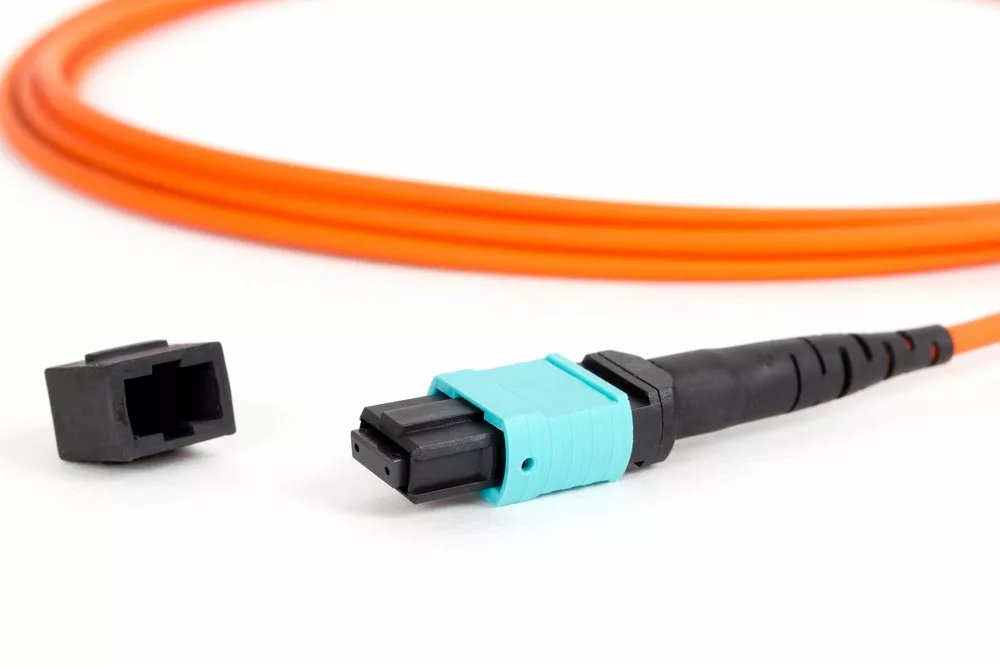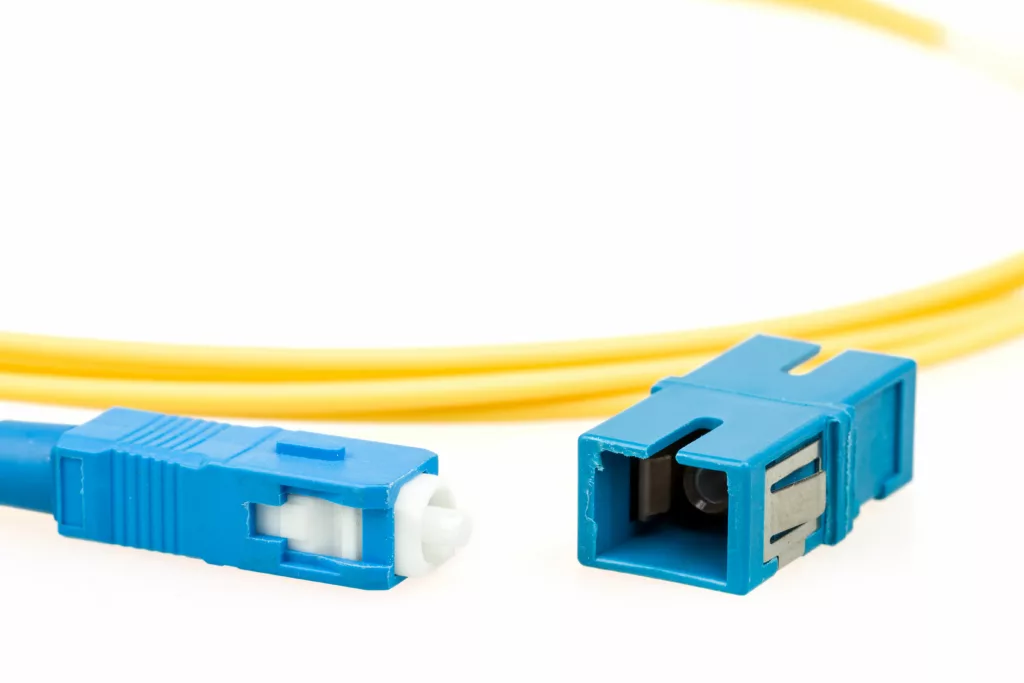Regarding the Ethernet coupler, you may need to connect to other devices in some outlying areas while working in a room.
You will need an extended Ethernet cable to link the far-apart devices easily.
If you don’t have one, you will need a coupler for Ethernet, adding length as much as you want.
If the coupler is not correctly connected or is of poor quality, the signal strength will degrade significantly at these points.
Thus, it is essential to understand how the coupler works and how you connect it between two cables.
Table of Contents
- What is an Ethernet Coupler?
- Types of RJ45 or Ethernet Couplers
- Pros And Cons of RJ45 Couplers
- How do I connect two Ethernet cables with a coupler?
- Do Ethernet couplers slow down speed?
- Conclusion
What is an Ethernet Coupler?
An Ethernet coupler, also known as an RJ 45 coupler, is an open-end connector that usually has female jacks on each side.
This metal or plastic connector can take Ethernet wires with RJ45 connectors from both ends, making a junction.
It works as a knot between the shorter Ethernet cables, joining two devices without requiring long cables and other components.
Furthermore, attaching the cables to the coupler will stabilize the connection, allowing them to pass the signal without distortion.
Types of RJ45 or Ethernet Couplers
Different couplers depend on your wires and the area you will use.
The market’s characteristics categorize them into different classes, like shielding, place of usage, and how they connect the cables.
Also, for every Ethernet cable type, you will get a coupler like Cat5, Cat5e, Cat6 couplers, etc.
Unshielded vs. shielded couplers
Just like wires, unshielded couplers also work well in minimal distortion areas, for example, in homes and small office setups where the network made is concise and does not have many barriers between the signals.
But, shielded couplers will work best if you use the cables in critical areas, like radioactive laboratories or other places where you know the Electromagnetic Interference or EMI is quite apparent.
Since the EMI can disturb the data speed, a shielding layer will let the signals pass without any external barrier, so they are much needed for high-speed data networks.
It is important to note that the shielded coupler cannot improve transmission, and you will need shielded cables for better results. Also, shielded couplers may work with unshielded cables, but vice versa will interfere with the quality of your connection.
Indoor vs. outdoor Ethernet couplers
Indoor couplers are best for indoor places for longer wires in homes or offices.
However, you may also install cables outdoors, where they need to face many environmental conditions and signal interferences.
For that, it is important to use outdoor Ethernet couplers ideal for signal transfer from outside, letting the data transmit smoothly in the wires.
These outdoor couplers come with waterproof and other shielding capacities, making the connection resistant to dust, cold, water, and cuts.
Inline couplers vs. keystone couplers
Most couplers are inline Ethernet couplers as they are within two wires. Another type, Keystone couplers, is fixed into the wall plate and patch panel, which are stationary, and you cannot move the devices freely.

Coupler with pigtail connectors
Pros And Cons of RJ45 Couplers
Here are the pros and cons of the RJ45 couplers.
Pros of Ethernet Couplers
- Versatility: Ethernet couplers can do multiple tasks at a time. They can attach two different cables, extend the Ethernet wires, and add new equipment. For example, couplers will be useful if you have already designed a network and need to make changes. On the other hand, if you are to buy new Ethernet cables, not only will it cost you extra, but adding them to the network will be a tiresome task. So in such situations, Ethernet couplers are your best bet.
- Cost Effectiveness: Couplers can be an inexpensive modification to your already working network. It is because they extend the network without adding any other elements. Moreover, they offer high performance and compete with other options quite conveniently.
Cons of Ethernet Couplers
- Packet Loss: Usually, the Ethernet couplers do not change the network speed, but as the cable distance increases by more than 100m, there might be packet loss.
- Loose cables: Couplers can lead to loose cable connections that break the network connection due to improper fixation of the plugs within the female jacks of the coupler or a mismatch of size. Either way, the cables cannot connect, resulting in such problems. Thus, if you want to use an Ethernet coupler, go for high-end, gold plating contacts with good housing material that is compatible with your wires so that it is durable.
How do I connect two Ethernet cables with a coupler?
Follow these simple steps, and Connecting the Ethernet cables to a coupler is not difficult.
- First, check the compatibility of the Ethernet coupler with your cables by visiting any electrical store or network shop and buying the one you need.
- Then, take one cable and insert its male end into the female socket of the coupler. As you hear the sound of the click, the cable is successfully attached. Repeat the same process while inserting the other cable into the other face of the coupler.
- Test the network speed and see whether the coupler is working properly. By that time, the coupler had joined its inner wires with the wires of the cable connector and regulated the data transmission.

Fiber optic with blue Ethernet coupler
Do Ethernet couplers slow down speed?
The Ethernet couplers do not slow down the speed on their own if the connection is made properly. However, if the problem occurs in the link, other factors may be affecting it.
EMI (Electromagnetic Interference)
Electromagnetic Interference, or Radio-frequency Interference, can distort signal transmission prominently.
Here, if you do not use a cable and coupler with strong shielding, which can block the external interface from affecting the speed, the network quality will be lower, causing the sending of data to be delayed.
Length of Ethernet Cable
The length of the cable plays an important role while transmitting the signals.
Ethernet cables can work best for 328 feet or 100 meters long for solid, and for stranded type, the length limits to 50 meters.
Beyond that, their performance may degrade significantly. So, it’s better to use the cable as recommended on both sides of the coupler to get the maximum speed.
Compatibility
As many types of couplers are available, finding the one that works best for your application is difficult. You may purchase any coupler and fix it in your network, but data speed will automatically slow down if the type differs.
Thus, if you have a Cat5 cable, go for Cat5 couplers. However, the Cat5 and Cat5e couplers can work with Cat6 cables since they may support the same signal strength.
You can also consult with the electrical experts in your local electric shop for such usage.
Ethernet Coupler Quality
In the market, you can easily find cheap couplers that the manufacturers make out of low-quality material.
It may save you some bucks, but in the longer run, it degrades while slowing down the quality of the internet.
Hence, it’s better to use expensive couplers that offer robustness and smooth data transmission. Also, it’s not wise to demolish your costly internet setup over such a small amount.
Conclusion
Using a coupler exposes you to external interferences, delays in data transmission, and slow internet connection.
But, if the coupler is of good quality, these factors won’t be a problem.
So, invest in a high-quality, compatible Ethernet coupler, and you will see the network speed is the same as before.
